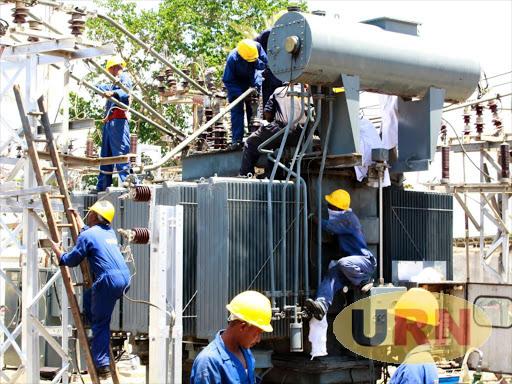The second phase of the Last Mile Connectivity Project, which was implemented in Kenya from 2016 to 2022, has significantly enhanced access to electricity for low-income communities. As detailed in the Project Completion Report released by the African Development Bank on August 11, 2023, this initiative has positively impacted the lives of at least 1.6 million people by granting them access to power.
Financed through a US$134.64 million loan from the African Development Bank Group, this project has extended the reach of the distribution system by approximately 18 thousand kilometers of low-voltage lines. This expansion has successfully connected around 322,279 households and small businesses to the national grid. Given that the average Kenyan household consists of five individuals, this accomplishment holds substantial significance.
A noteworthy aspect of the project was the rehabilitation of the Kenya Power and Lighting Company (KPLC) tree seedling nursery. This nursery faced significant challenges due to drought from mid-2019 until the close of 2022, coupled with the devastation caused by locust infestations and the far-reaching impacts of the COVID-19 pandemic. By disbursing contracts valued at approximately US$9.07 million to local electricity suppliers, the project has not only fostered economic growth but has also invigorated local business activities.

The project’s impact is far-reaching, contributing to improved living standards and the advancement of socio-economic endeavors within the communities it serves. For many beneficiaries, the ability to illuminate their homes has transformed a long-held aspiration into reality, while also proving to be a more cost-effective and healthier alternative to the use of paraffin-fueled lanterns referred to as “akaloboyo” in the local dialect.
The initiative has also catalyzed income-generating pursuits, including poultry and livestock farming, as well as grass cutting for cattle and dairy farming. By doing so, it has played a role in alleviating poverty, a key contributor to gender inequality. Furthermore, the availability of electricity has bolstered various trades such as joinery, arc welding, and hairdressing salons.
A notable example is a group of 30 young entrepreneurs, half of whom are women, who initiated a poultry farm using funds pooled from their members. In a noteworthy move, the project has distributed ready-to-use kits, which include a socket and a light bulb, to households headed by women at no cost.
“Overall, despite the major challenges the country went through in 2017-2022, the project delivered almost all of the target outputs and outcomes, particularly those fundamental to the project’s development objective,” concludes the Project Completion Report.






